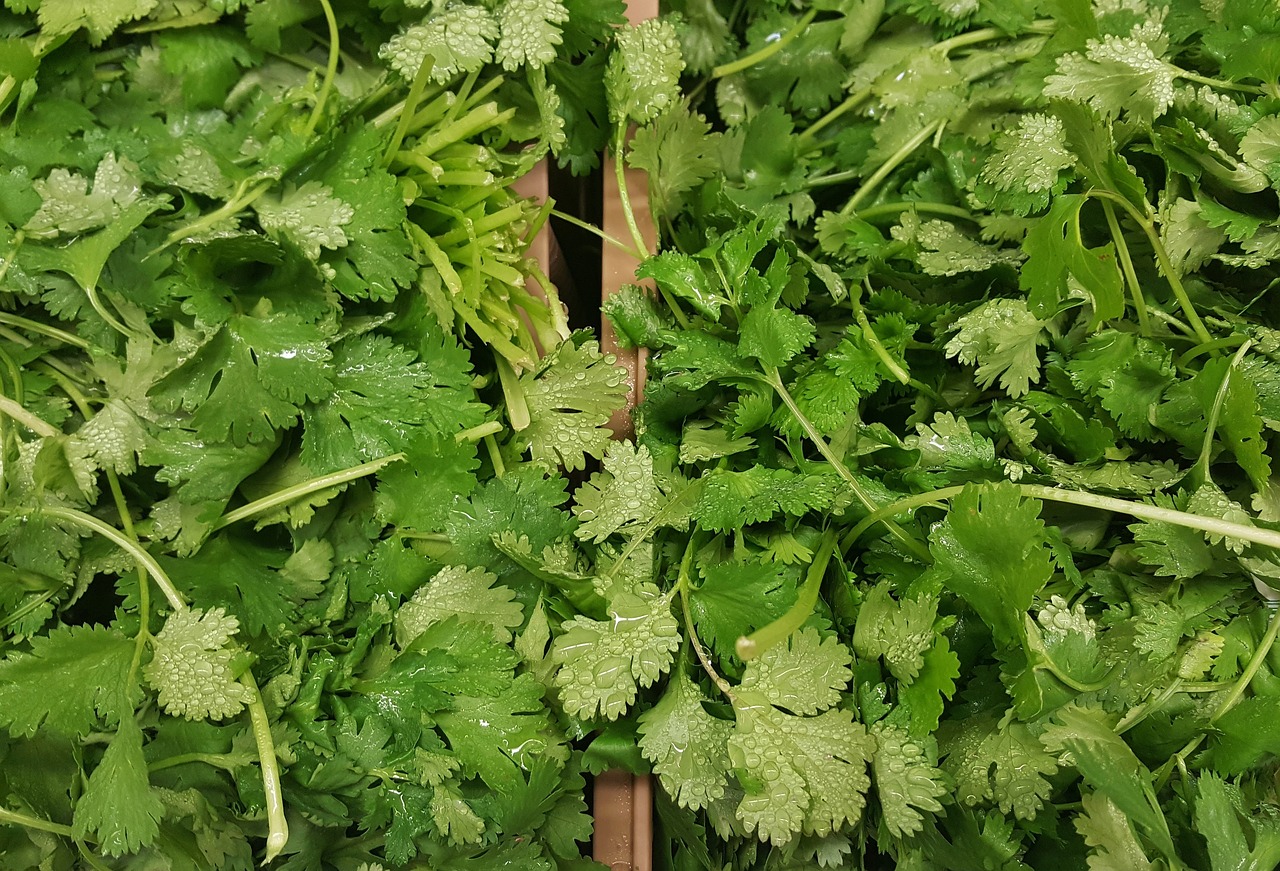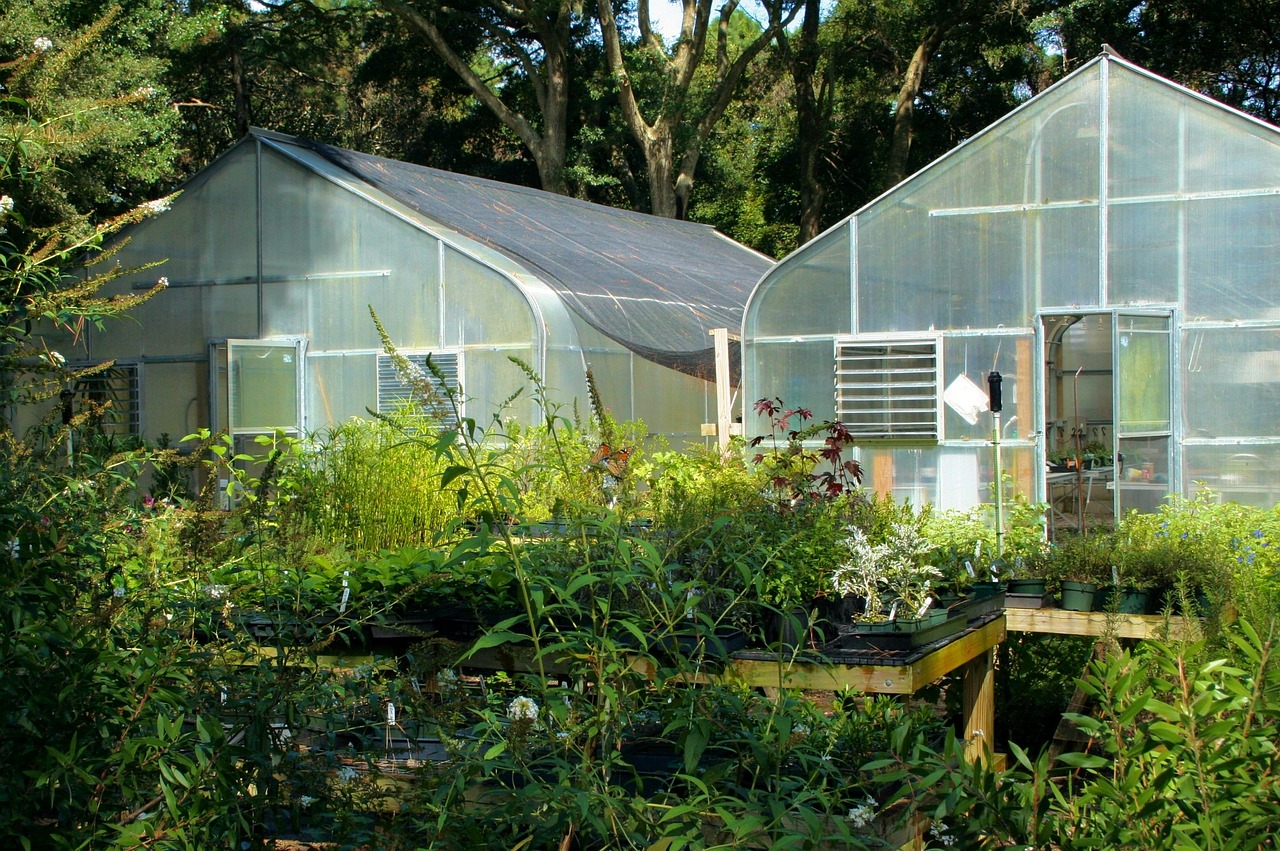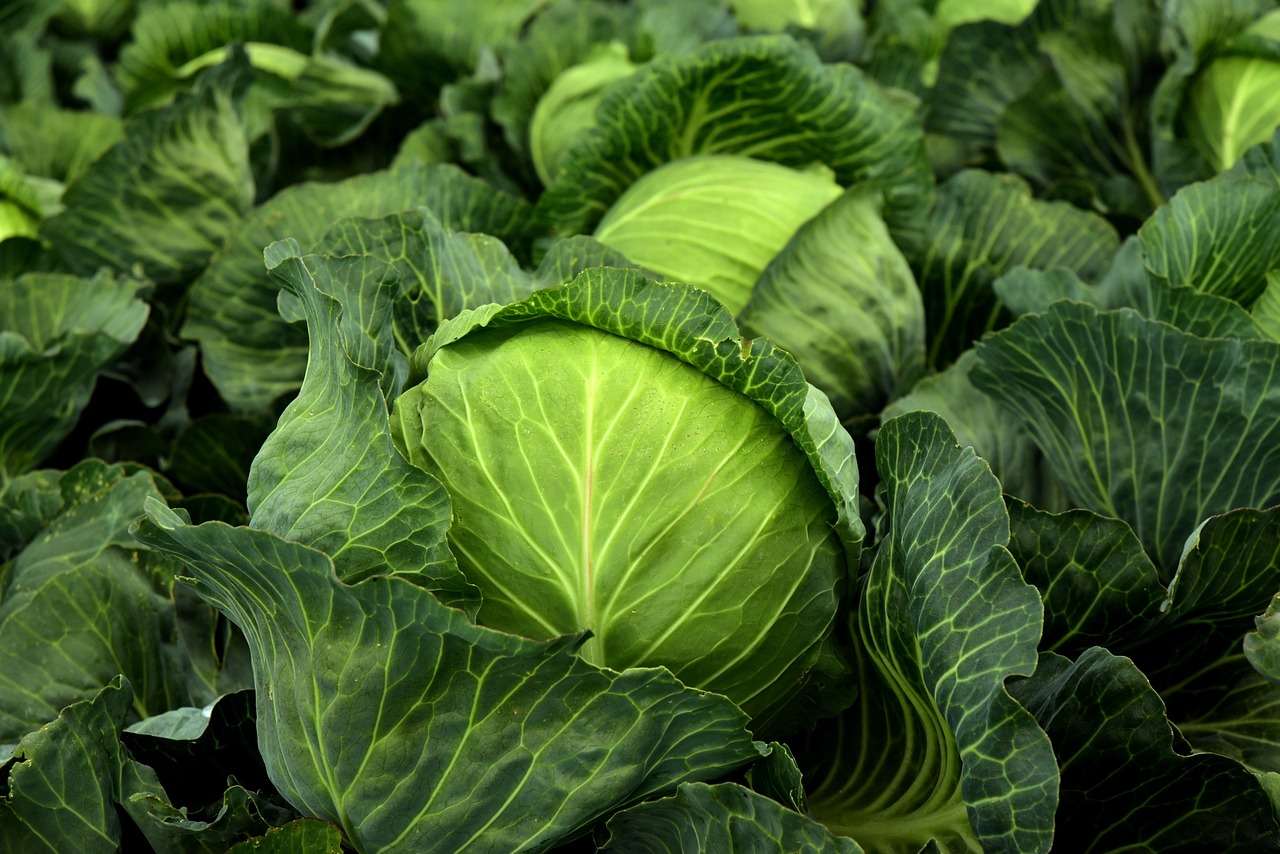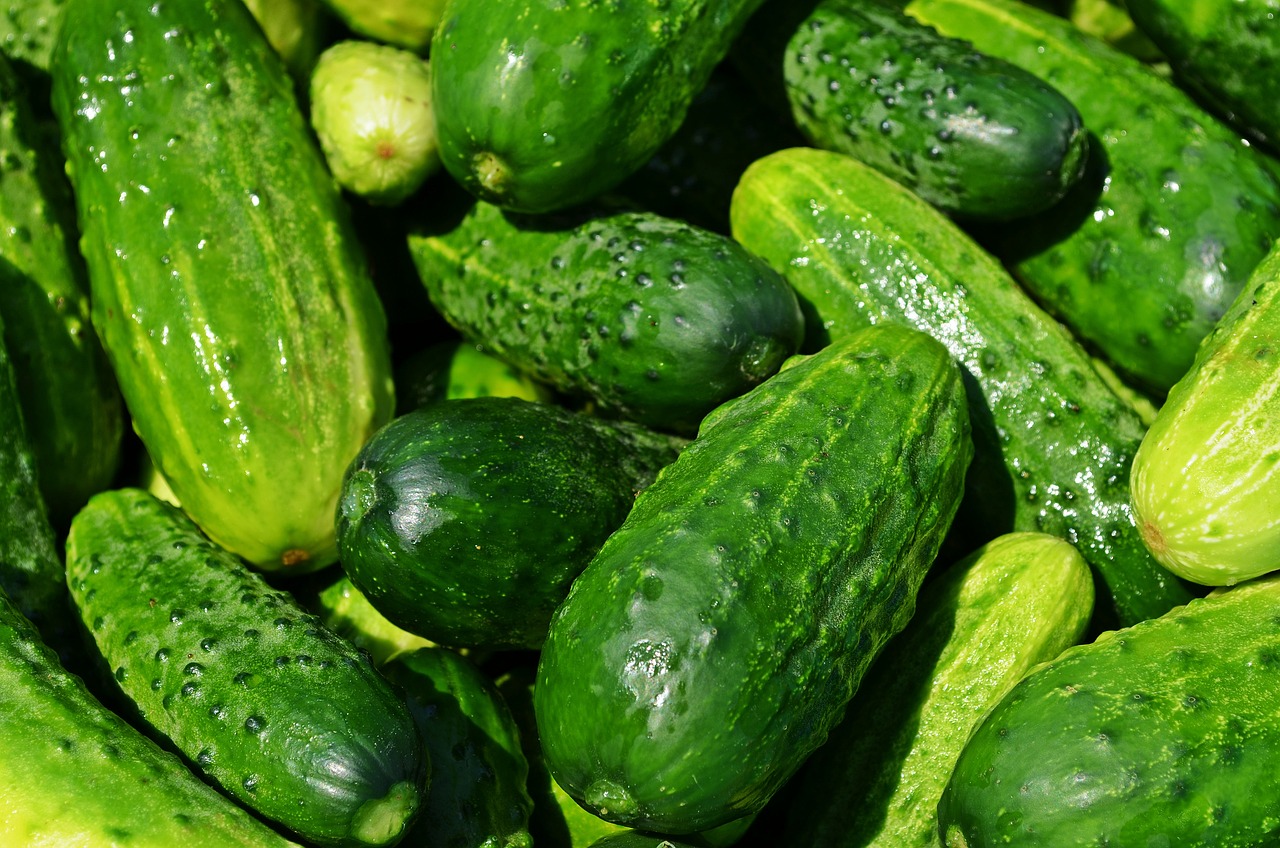Are you tired of spending money on fresh herbs at the grocery store, only to have them wilt and spoil within a few days? Why not try growing your own organic leafy herbs at home? Not only is it cost-effective, but it also ensures that you have fresh herbs on hand whenever you need them.
Growing organic leafy herbs at home may seem daunting, but with the right strategies, you can have a thriving herb garden in no time. In this article, we will guide you through the process of selecting the best location for your herb garden, choosing the right soil for your leafy herbs, selecting the best herbs to grow at home, and properly watering, fertilizing, harvesting, and storing your herbs.
With these tips and tricks, you’ll be well on your way to having a bountiful herb garden right in your own backyard.
Choosing the Right Location for Your Herb Garden
You’ve got to find the perfect spot to grow your herb garden, and we’re here to help you choose it!
First things first, consider the sun exposure in your chosen location. Most leafy herbs require at least six hours of direct sunlight per day to grow and thrive. If your chosen spot isn’t getting enough sun, you may need to consider supplementing with artificial light or finding a new location altogether.
Container sizes are also an important factor to consider when choosing the right location for your herb garden. Depending on the size of your plants and the space you have available, you’ll need to choose containers that are the appropriate size. Too small of a container can lead to root-bound plants, while too large of a container can lead to overwatering and root rot.
Additionally, consider pest management and companion planting when choosing the right location. Certain herbs, such as basil and marigolds, can help repel pests, while others, like parsley and dill, can attract beneficial insects.
With these factors in mind, you’ll be well on your way to finding the perfect spot for your organic herb garden.
Selecting the Best Soil for Your Leafy Herbs
To ensure healthy growth of your plants, it’s essential to choose the right type of soil for your leafy herbs.
When selecting soil for your herbs, consider the soil pH and texture. Most leafy herbs prefer slightly acidic soil pH between 6.0 to 7.0, but this may vary depending on the type of herb you’re growing. You can test the soil pH using a soil pH tester to ensure it’s within the optimal range.
In terms of soil texture, herbs prefer well-draining soil that allows water to pass through easily. The ideal soil texture for herbs is loamy soil, which is a mixture of sand, silt, and clay. This type of soil allows for adequate drainage while still retaining enough moisture to keep the plants hydrated.
Avoid using heavy clay soil or compacted soil, as they can cause poor drainage and lead to root rot. By selecting the right soil for your herbs, you can create a healthy environment for your plants to thrive.
Picking the Right Leafy Herbs to Grow at Home
When it comes to selecting which leafy herbs to grow in your own garden, it’s important to choose ones that will not only thrive in your chosen soil type, but also suit your culinary needs and tastes.
For beginners, it’s recommended to start with easy-to-grow herbs such as basil, parsley, and cilantro. These herbs are versatile in the kitchen and can be used in a variety of dishes, from salads to soups to sauces.
Aside from the convenience of having fresh herbs at your fingertips, there are also many benefits to growing your own herbs. It can save you money in the long run as you won’t have to constantly purchase expensive packaged herbs from the grocery store.
Growing your own herbs allows you to have control over the growing process, ensuring that your plants are free of harmful chemicals and pesticides. Plus, there’s nothing quite like the satisfaction of using herbs that you’ve grown yourself in your home-cooked meals.
Watering and Fertilizing Your Herb Plants
Make sure your herb plants are getting the right amount of water and fertilizer to ensure they grow strong and healthy, bringing you joy and satisfaction every time you use them in your cooking.
Watering frequency depends on the type of herb and the environment it’s in. As a general rule, most leafy herbs require moderate watering every two to three days, but it’s always best to check the soil moisture level before watering. Overwatering can lead to root rot, while under-watering can stunt growth and cause the leaves to wilt.
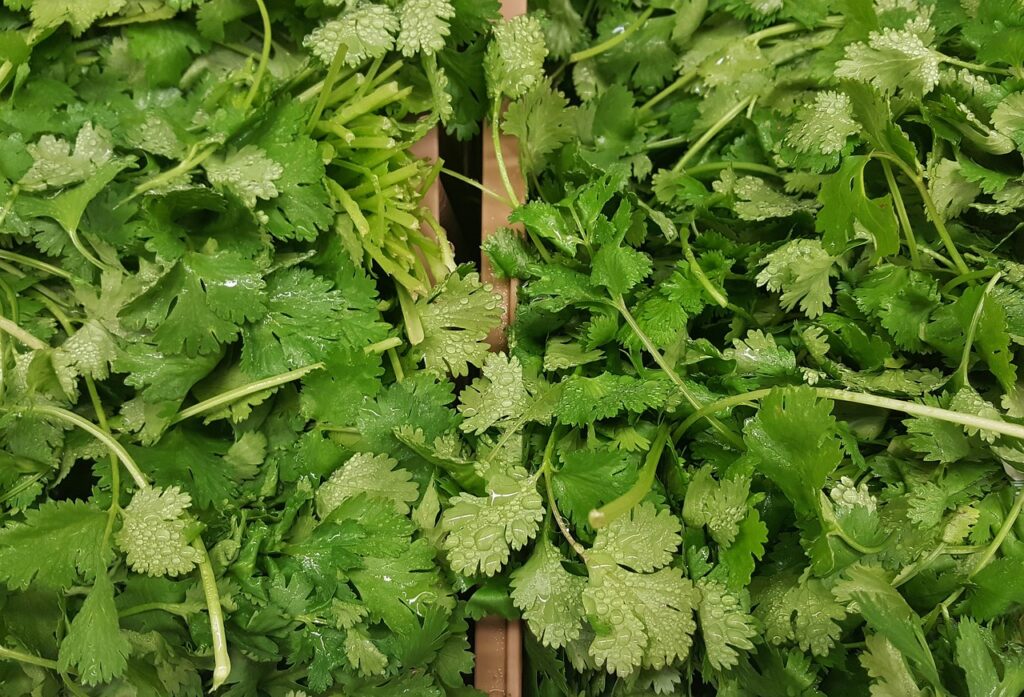
When it comes to fertilizing, organic options are the way to go. Synthetic fertilizers can cause harm to the environment and be harmful to your health if consumed. Organic fertilizers provide the necessary nutrients without the negative side effects.
You can purchase organic fertilizers or make your own using compost or other natural materials. Apply the fertilizer every few weeks, following the instructions on the package or using a diluted solution to avoid over-fertilization.
With proper watering and fertilizing, your herb plants will thrive and bring fresh flavor to your meals for months to come.
Harvesting and Storing Your Organic Leafy Herbs
You can savor the full flavor of your herb garden by harvesting and storing your leafy herbs properly. Preserving the freshness of your herbs is crucial to making the most out of your harvest.
Harvest your herbs in the morning when the dew has dried up. This is the time when the oils in the herbs are at their peak. Use a sharp pair of scissors or pruning shears to clip the leaves from the stem, leaving about an inch of stem intact to encourage regrowth.
Once you have harvested your herbs, it’s important to store them properly. The best way to store leafy herbs is by wrapping them in a damp paper towel and placing them in a plastic bag in the refrigerator. This will keep them fresh for up to a week.
You can also freeze your herbs by chopping them up and placing them in ice cube trays with a little bit of water. This is a great way to have fresh herbs on hand for culinary uses all year round.
Frequently Asked Questions
What are some common pests and diseases that can affect organic leafy herbs, and how can they be prevented or treated?
Keep your organic leafy herbs safe from aphids, spider mites, and powdery mildew by using neem oil and insecticidal soap. Boost soil health with organic fertilizers like compost and worm castings. Practice preventive measures to avoid pest infestations.
Are there any special considerations or techniques for growing organic leafy herbs indoors, such as using grow lights or controlling humidity levels?
To grow organic leafy herbs indoors, using grow lights can enhance plant growth and help maintain consistent light exposure. Proper indoor herb garden setups should also consider controlling humidity levels to prevent mold and disease.
How long does it typically take for organic leafy herbs to reach maturity and be ready for harvesting?
It typically takes around 4-6 weeks for organic leafy herbs to reach maturity and be ready for harvesting. Harvesting techniques vary depending on the herb, but it’s best to harvest in the morning when the oils are most concentrated.
Can organic leafy herbs be grown year-round, or are there certain seasons or climates that are more conducive to their growth?
You can grow organic leafy herbs year-round in certain climates that provide optimal growing conditions. Factors such as temperature, humidity, and sunlight play a role in their growth, so it’s important to research what works best in your area.
Are there any alternative or creative ways to use or preserve organic leafy herbs, beyond simply adding them to recipes or drying them for later use?
You can get creative with herb uses beyond simply adding them to recipes or drying them for later use. Try making herb infused cocktails for a unique twist on a classic drink.
Conclusion
Congratulations on taking the first step towards growing your very own organic leafy herbs at home! By following the strategies outlined in this article, you’re well on your way to creating a thriving herb garden that’ll provide you with fresh, delicious herbs for months to come.
Remember to choose a location that receives ample sunlight and to select the right soil for your leafy herbs. Additionally, be sure to water and fertilize your plants regularly. Don’t forget to harvest and store your herbs properly.
With a little bit of effort and care, you’ll have a bountiful herb garden that you can be proud of. Happy growing!






